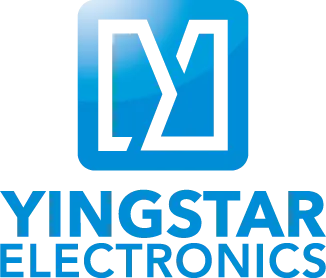The PCBA Process Explained: PCBA Machinery Stages
Have you ever wondered how your manufacturer can stick massive numbers of small components on the PCBs without major complications and for large productions? Well, several types of machinery get the job done. A lot of effort goes into every stage of PCBA process to deliver quality functioning boards. And with technological advancement, the PCBA machinery is gradually improving to cater to the electronics advancement needs. Let’s understand the following PCBA working process.
Solder Paste Printing
At this stage, the circuit boards goes through SMT machine. The SMT machine sets up a SMT stencil and the PCB at the stencil’s bottom. The blade that carry the solder paste in the SMT machine presses against the PCB stencil allowing the solder paste to go through the stencil’s holes and pate on the PCB pads. Once the circuit board gets pasted, it leaves the machine and another board goes through it.
Solder Paste Inspection (SPI)
The solder paste inspection machine is that utilizes 3D image capturing cameras is used. As manufacturers, the machine is vital to inspect solder paste quality making it easy to rectify any problem that arises. The thickness of the solder paste ranges between 0.09 mm and 0.15 mm and must completely cover the PCB pads. The PCB then comes in SPI machine which detects the thickness and shape of the solder paste to ensure they are perfect for PCB assembly.

High-speed and Functional mounting
After the PCB goes through the high speed mounter, the SMD components which are in small sizes are placed and picked on the PCB pads at extremely high speed. The small size SMDs package parts include resistors, capacitors, and inductors. The PCB mounted with SMD parts leaves the high speed mounter after the set up operation is complete.
The next PCBA process is functional mounting where larger SMD components like ICs, USBs, FPGAs and more are in a different package size. The SMDs are prepared just before PCBA manufacturing. A robot then picks and places the SMDs on pads depending on the set up program with a much slower but accurate speed. The PCBA will then leave the functional mounter but has to go through SPI to check if the solder paste shape and thickness meets the requirements.

X-Ray and Reflow Soldering
These are two different PCBA process. After mounting the SMDs, the PCBA goes through an X-ray test which penetrates it and generate image on machine screen. This is where technicians analyze the PCBA to check if it qualifies from the results.
In reflow soldering, PCBAs goes through reflow soldering oven thus melting and solidifying the solder paste. The oven has distinct temperature zones that are controllable. The PCBAs are preheated in the first temperature zone, solder paste melts in the middle temperature zone then cools and solidifies in the send temperature zones.
Automatic Optical Inspection (AOI)
The PCBAs goes through AOI machine after reflow soldering. A camera scans the PCBA then the AOI machine collect images, compare the solder joints with the parameters in database, checks for defects by image processing while marking it. After everything is done, the quality control team perform functional tests, check manually for any defects and ensure quality is met.
At Yingstar Electronics, our PCBA process uses state-of-the-art machines that ensure high-standard, quality products and meet customers’ expectations. We ensure to implement AOI and x-ray inspection as well as functional testing for our products to reduce any chance of imperfection. If you need professional pcba services, please feel free to contact us to learn more


